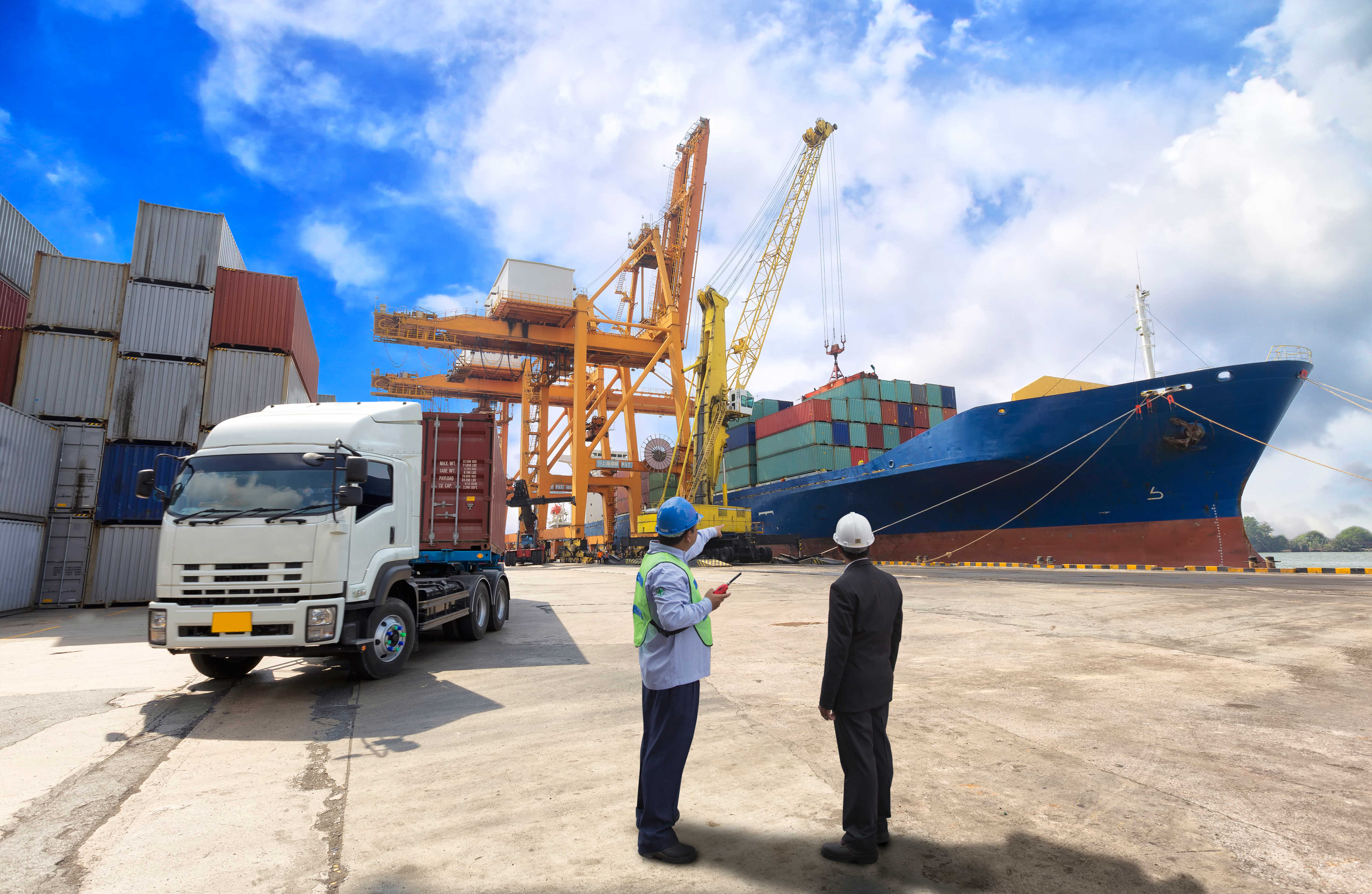China’s inland ports create a major advantage during the transition from Coastal China to Inland China. For all of us who are aware of the changes in China for the last 10 years, you know there is a shift from the coastal line of China to the inland.
Currently the land and labor cost is sky rocketing in most, if not all, coastal cities in China. The minimum salary in 2011, in Guangzhou for example, was 40% higher than Wuhan, which is one of the highest inland salaries. If you go to Chengdu (Sichuan), it goes up to 52% and Zhengzhou (Henan) 62 % between Coastal Guangzhou and some inland cities.
Anyone who does business with China knows about Shanghai, Shenzhen, Ningbo, and Guangzhou. However how many of us actually know where Nanjing, Zhangjiagang, Wuhu, Yangzhou are? The first time I was in Chongqing was in 2006, to visit motorcycle exporters there, and during that trip I learned that Chongqing is actually one of the most populated cities in the world with 28 million people (Shanghai is 22 million people).
Now, labor costs and land costs are very important if you have a factory, however, logistics is one of the main components of your cost and your delivery time. There we see another advantage for China against any country in the world geographically, because China has the longest navigable inland waterways.

The Yangtze River, the Pearl River and the Hangzhou-Beijing waterway (the Grand Canal) are China’s three main inland waterways. The Yangtze is the longest and obviously the most populated one.
In Yangtze, there are already major cities which are getting more active like Nanjing, Yangzhou, Wuhan up until Chongqing on the west. Most of the carriers have feeder connections with the ports on Yangtze mainly via Shanghai. So, I guess it may not be wrong to say that, the actual production is going/ will go less and less for Shanghai and its surrounding cities, while as a port, Shanghai will be handling more and more cargo.
The Pearl River Delta is another location of monstrous production. However it is certainly different then the Yangtze since the Pearl River Delta is a delta which has arms all around Guangdong province and it is very close to the main ports of Shenzhen and Hong Kong. That’s why in the Pearl River Delta we see high costs of labor and lack of cheaper land.
The 3rd waterway is The Grand Canal, which is the longest man-made river and starts from Hangzhou in the south all the way north to Beijing. It’s mainly used for moving break bulk cargo from the North/South or South/North.
Out of these 3 waterways, the Yangtze River is the game changer for China. It reaches to the far west, where you have a vast amount of land and a huge competitive population. It’s far from coasts for people, and for containers it takes 7-8 days max from the far west up to Shanghai. Considering the savings you get, and the comparable transit time against Southeast Asian Countries (which are discussed as Next China) to the USA, these destinations will be the future’s Shenzhen, Ningbo.
You can already see, companies like Philips, LG, BASF in Nanjing; Coca Cola, GE in Wuhan, Ford In Chonqing; just very few examples from the list of world giants on the Yangtze. So, if you still haven’t tried the Sichuan or Henan food, you are not that late.





